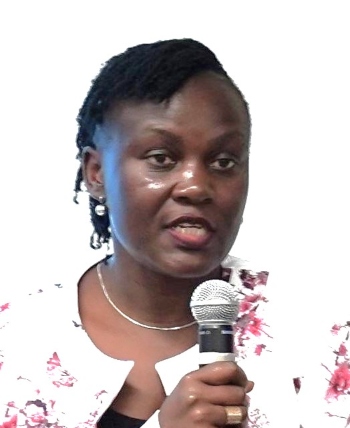By Professor Myriam Sidibe and Serah Malaba
Without a concerted effort to support integrated Sexual and Reproductive Health and Rights (SRHR), we are unlikely to meet the 2030 Sustainable Development Goals (SDGs) on Good Health and Well-being or Gender Equality. Health systems in Sub-Saharan Africa are failing to meet the needs of adolescent girls and young women: the prevalence of unwanted and unintended pregnancies among this population is at 30 percent whereas a further 20 percent involuntarily give birth before their 20th birthday.
But the big question remains, despite all the massive investments in women’s and girls’ health over the past 20 years coupled with deliberate pro-adolescent campaigns, why does it feel like the path is getting harder and that we are being forced to retrace our steps? How can we change the trajectory of Women’s and Girls’ health in Africa?
It is heartening that during the 79th United Nations General Assembly in New York, governments and philanthropies committed approximately USD 350 million in new investments to expand access to family planning and sexual and reproductive health services.
This is a key milestone since by 2030, African adolescents will make up over 24 percent of the global youth population. Presently, the lives lost and at risk are in the millions with most lives lost being women and girls. The future is not promising as the immediate geo-political shifts and the rising dangers of climate change and its disproportionate effect on women and girls in low and middle-income countries are fast deteriorating.
Against these ever-evolving dynamics, and competing public health challenges, governments are overstretched and overburdened. However, the organizations and businesses that operate in the communities in which these African adolescent girls live are strongly positioned to complement government services and ensure that the health and well-being of this significant segment – the future of our societies aren’t neglected.
There is an urgent need and opportunity to focus on girl-centered, innovative financing models. We know that no issue can be solved alone and that there is no single panacea to fix this. But there is room for everyone – and we need everyone – as the issue is too big to do it alone. Firstly, the world must build multi-sectoral teams of committed collaborators drawn from the public and private spheres that can be incentivized to finance impact investment initiatives that address these issues for adolescent girls.
Secondly, we need to form bold new coalitions through transformative partnerships that are rooted in a shared mission that transcends the boundaries of any single organization, public or private, to drive systems change whereby adolescents’ SRHR is everybody’s business.
Thirdly, we need to inculcate new social norms that speak on the issues and barriers that adolescent girls face, and influence change of perceptions on how businesses can effectively and sustainably contribute to SRHR outcomes.
Fourthly, let us move beyond traditional boundaries and dare to collaborate in new and unexpected ways to develop the type of platforms or coalitions that will allow private, public, and social sectors to join forces and scale up innovative financing models that will secure the future of SRHR for African communities.
Lastly, we call upon you – businesses, industry leaders, funders, donors, governments, and civil society – to collectively commit to developing, investing, and implementing new innovative financing and partnership models that catalyze and enable sustained financing for SRHR in Sub-Saharan Africa. We need to protect our African societies – and most of all our adolescent girls – so that they can flourish and thrive and fully live out their hopes, desires, and dreams.







